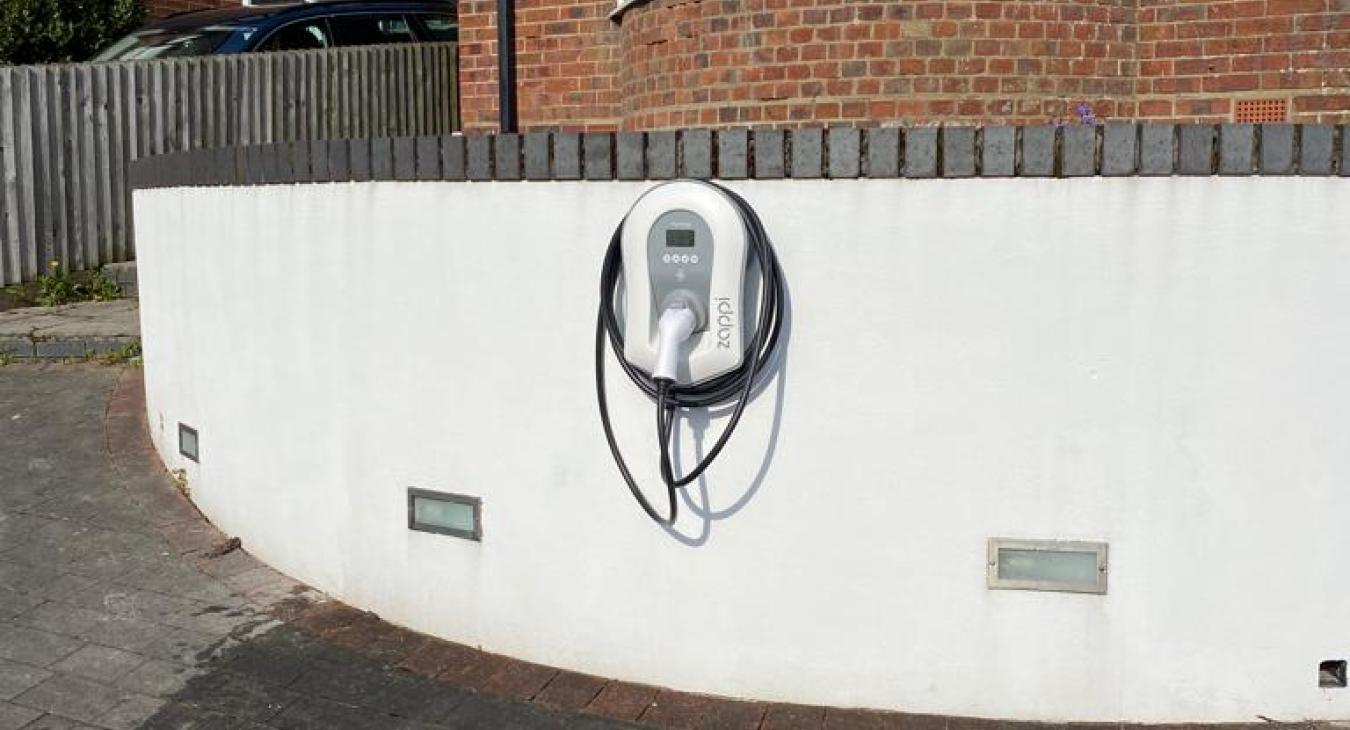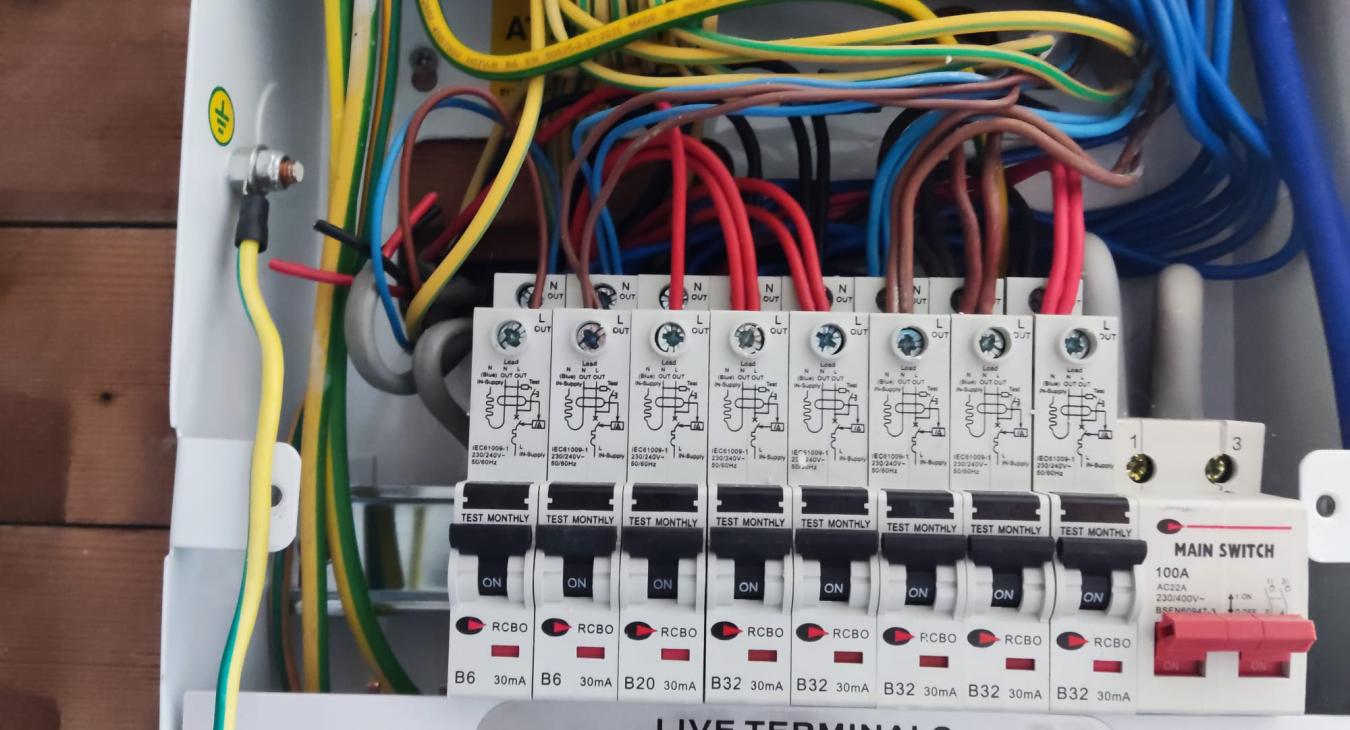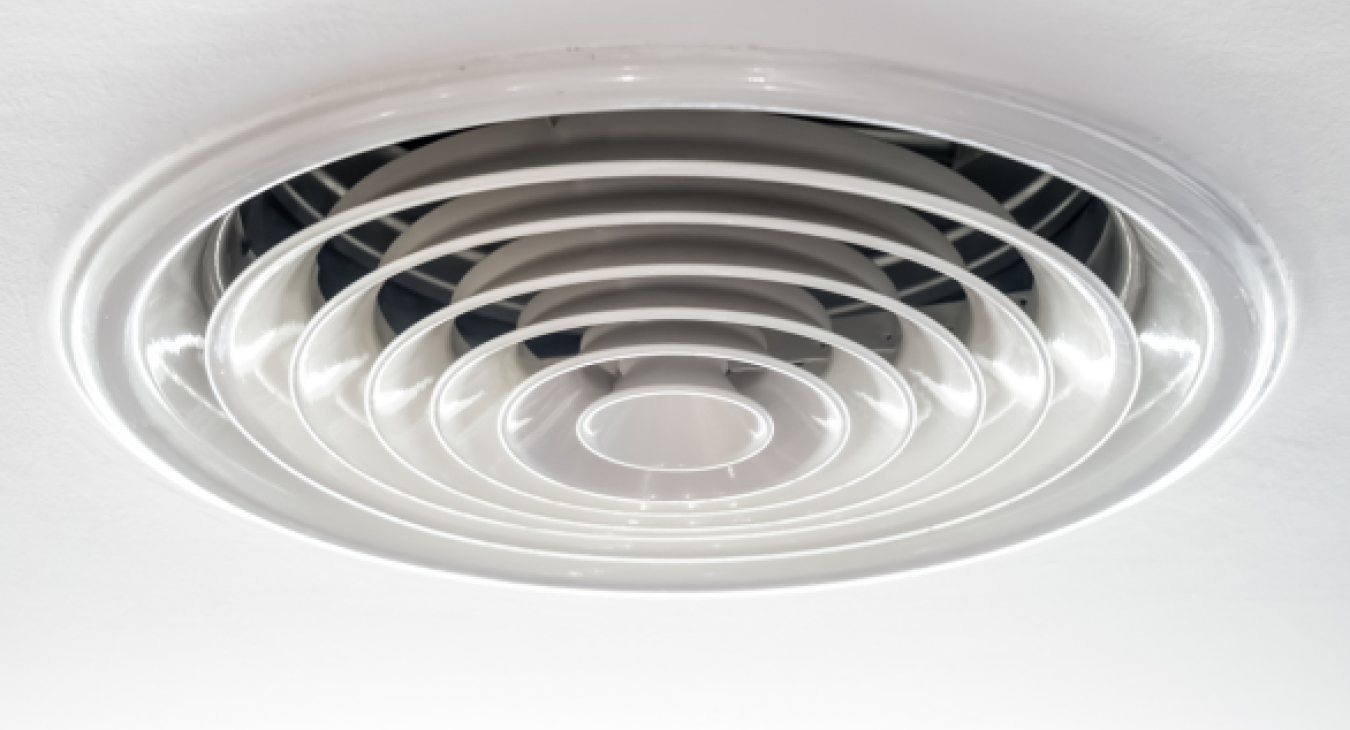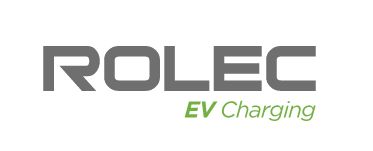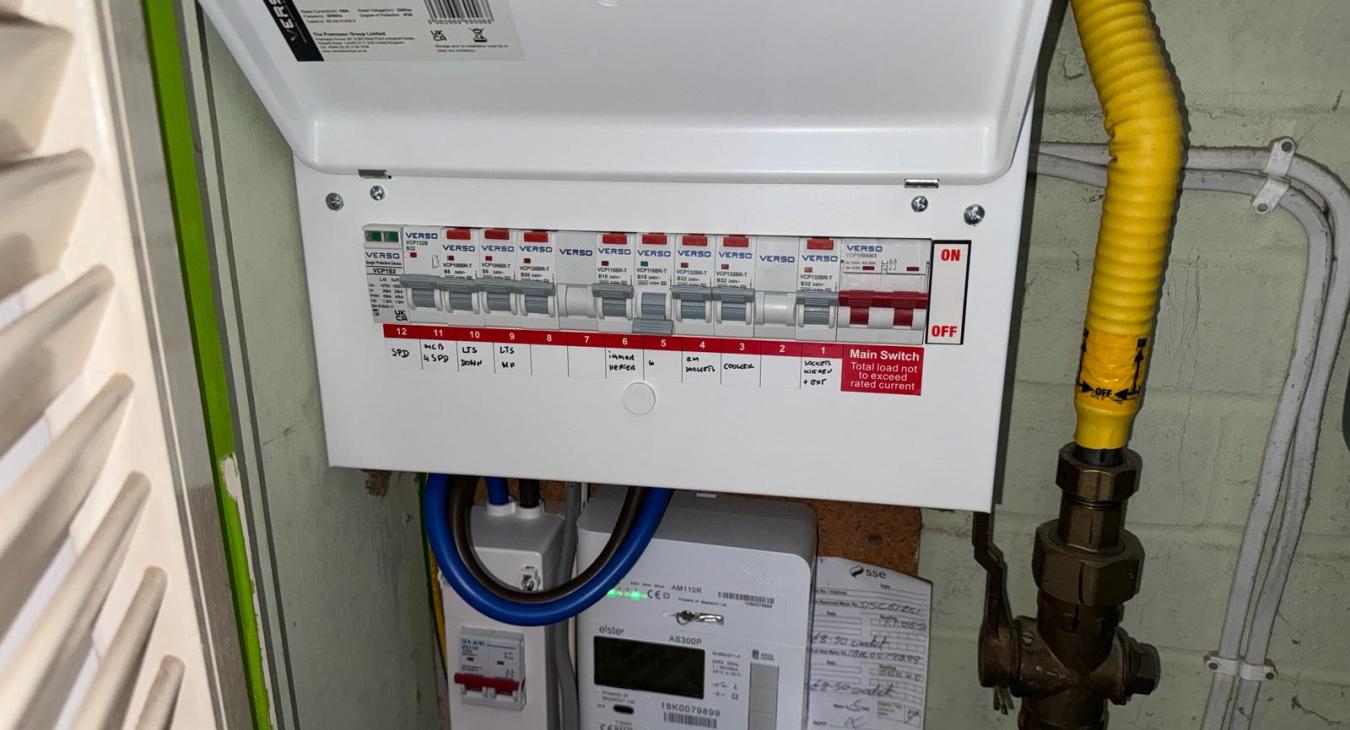
Dive deep into Residual Current Devices (RCDs) and learn how they safeguard against electrical hazards in homes and workplaces.
Electrical safety is a paramount concern in both residential and commercial settings. Among the myriad devices designed to offer protection and peace of mind, Residual Current Devices (RCDs) stand out as a critical line of defence against the risks of electric shock and electrical fires. This blog aims to illuminate the importance, functionality, and maintenance of RCDs, ensuring your environment remains safe and compliant with the latest electrical standards.
What Are RCDs?
RCDs are advanced safety devices that instantly cut off the electrical supply when a fault is detected, significantly reducing the risk of electric shock or fire. Unlike traditional fuses or circuit breakers that protect against overloads and short circuits, RCDs specifically monitor the flow of electrical current and react to irregularities caused by human contact or insulation failures.
How RCDs Work
At the heart of RCD technology is the principle of differential current detection. RCDs constantly compare the current flowing into a circuit with the returning current. Under normal conditions, these currents are equal. However, if a fault occurs, such as electricity leaking to the ground through a person, the device detects the discrepancy. It disconnects the circuit within milliseconds, thereby preventing severe injury or damage.
The Critical Role of RCDs in Home Safety
The incorporation of RCDs into home electrical systems has been a game-changer for safety. They are particularly effective in preventing electric shock, a common hazard in wet areas such as kitchens and bathrooms. Furthermore, by detecting unusual current flows that could indicate a fire risk, RCDs offer an added layer of protection against potential disasters.
RCD Installation Guidelines
Installing an RCD requires a thorough understanding of electrical systems and safety standards. While professional installation is recommended, DIY enthusiasts with the requisite knowledge can undertake this task, provided they adhere strictly to national electrical codes and guidelines.
Testing and Maintenance of RCDs
Regular testing and maintenance are essential to ensure RCDs remain in optimal working condition. This section outlines simple procedures homeowners can perform to test their RCDs and signs that may indicate the need for professional inspection or replacement.
Common Issues with RCDs and Troubleshooting Tips
Despite their reliability, RCDs can sometimes experience issues such as nuisance tripping. This part of the guide offers insights into everyday problems and practical troubleshooting tips, ensuring your RCDs continue to provide reliable protection.
Legislation and Standards for RCD Protection
Compliance with local and national electrical codes is critical for ensuring the safety of electrical installations. This section details the legal requirements and standards for RCD installation and use, helping homeowners and professionals stay informed and compliant.
RCDs in Commercial and Industrial Settings
Demand for electrical systems in commercial and industrial environments is significantly higher than in residential settings. This segment explores the specific requirements and considerations for RCD protection in these contexts, ensuring safety and compliance across all types of premises.
Innovations in RCD Technology
As technology advances, so too do the capabilities of RCDs. This section looks at the latest developments, including intelligent RCDs that offer remote monitoring and control, highlighting how these innovations set new electrical safety standards.
Choosing the Right RCD for Your Needs
With various types of RCDs available, selecting the right one can be daunting. This part of the guide provides practical advice on choosing the most appropriate RCD for your specific needs, whether for residential, commercial, or industrial use.
RCDs: Beyond the Basics
Delving deeper into the technical aspects, this section explains the concepts of sensitivity and selectivity. It examines the role of RCDs in systems utilizing renewable energy sources, offering a more comprehensive understanding of their function and importance.
Conclusion and Safety Reminder
RCDs are an indispensable component of modern electrical safety, offering unparalleled protection against electric shock and fire dangers. By understanding their operation, maintenance, and the regulations governing their use, you can ensure a safer environment for yourself and those around you. Electrical safety starts with awareness and is maintained through diligence and adherence to best practices.
FAQs
What is the primary function of an RCD?
How often should I test my RCD to ensure it's working correctly?
Can I install an RCD myself, or do I need a professional?
What should I do if my RCD keeps tripping?
Are RCDs required in all areas of a home or just specific locations?
How do RCDs differ from circuit breakers and fuses?
📞 Call Solid Electrics
📧 Enquire online
🖥️ Visit our website
#Southamptonelectrician #ElectricalservicesSouthampton #fusebox #upgrade

